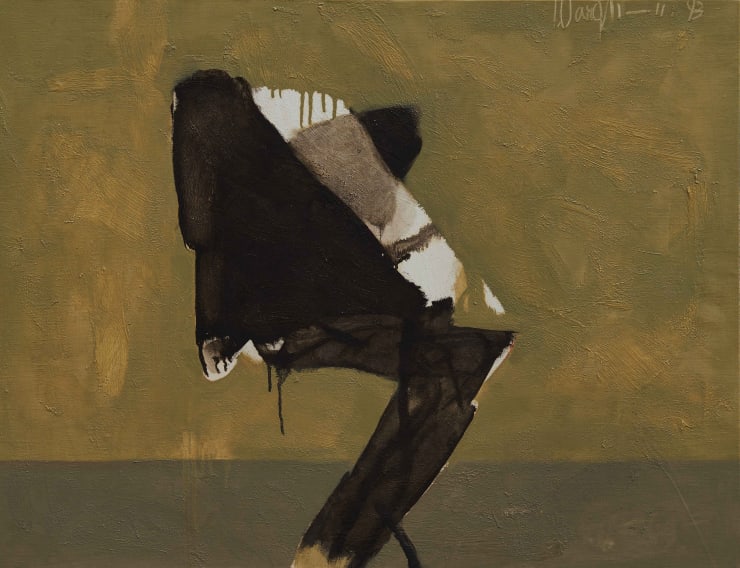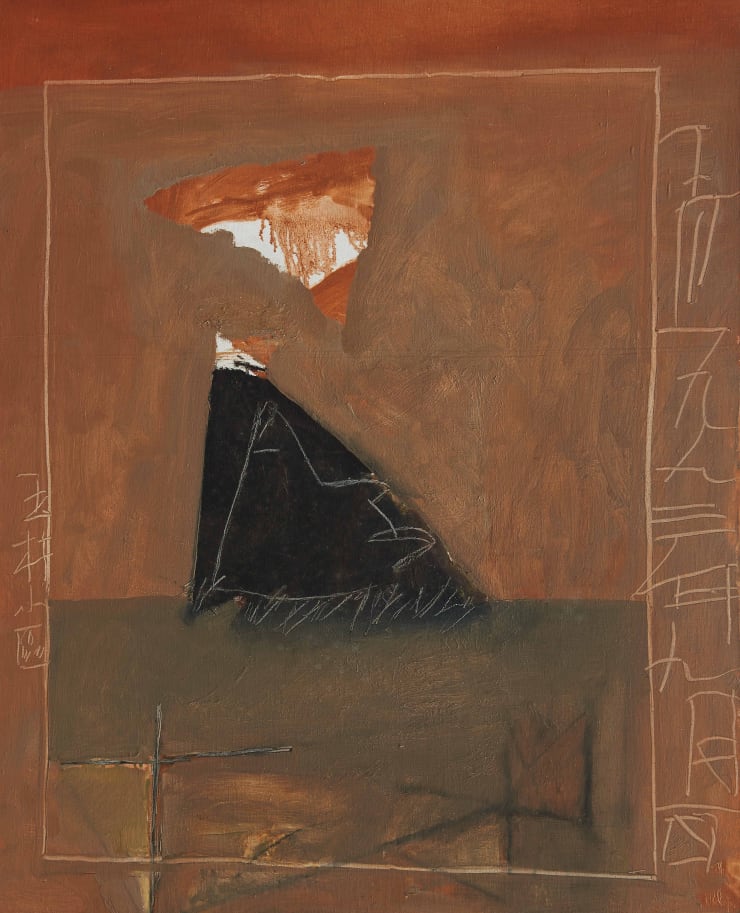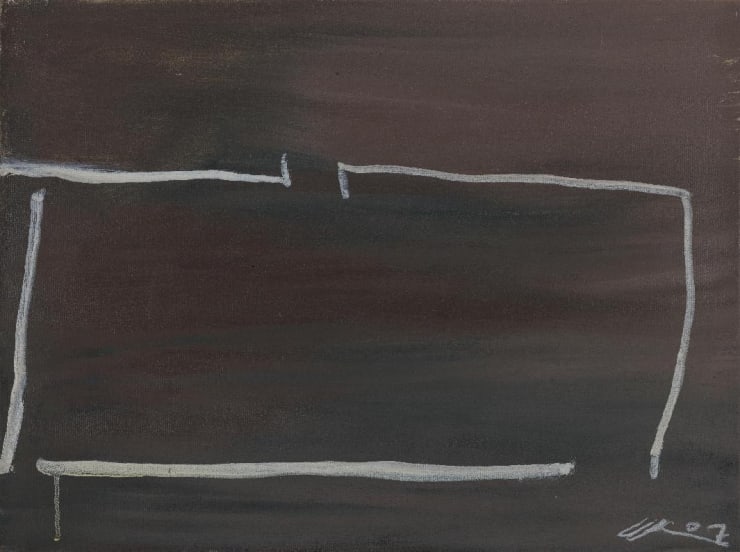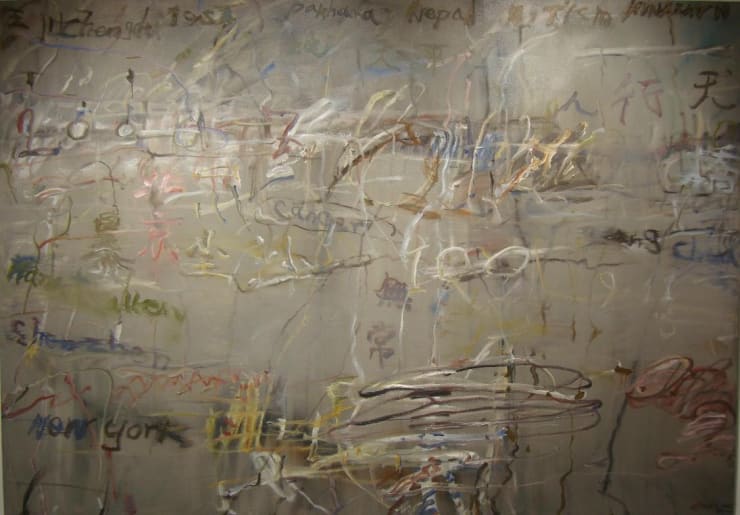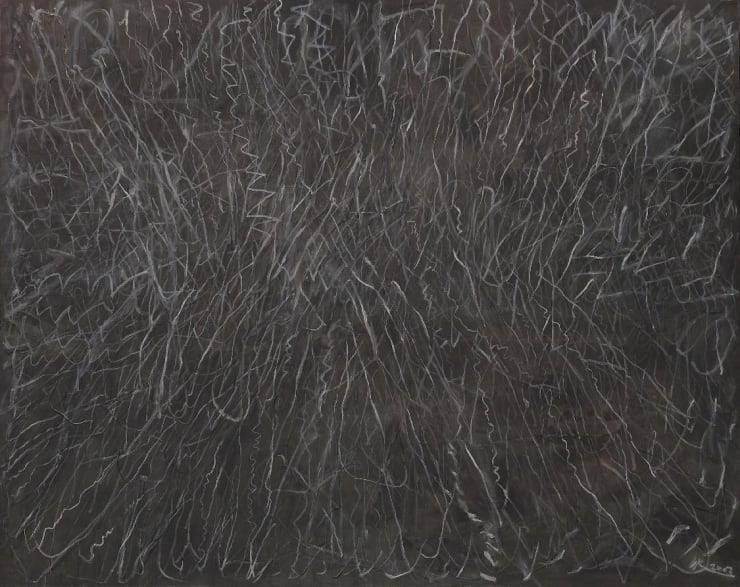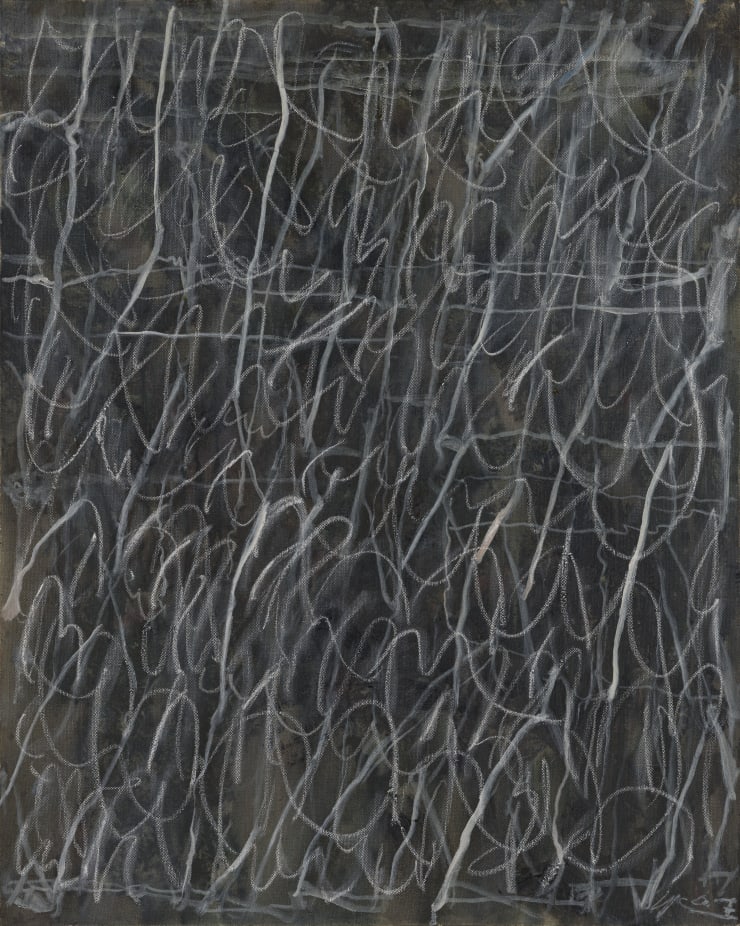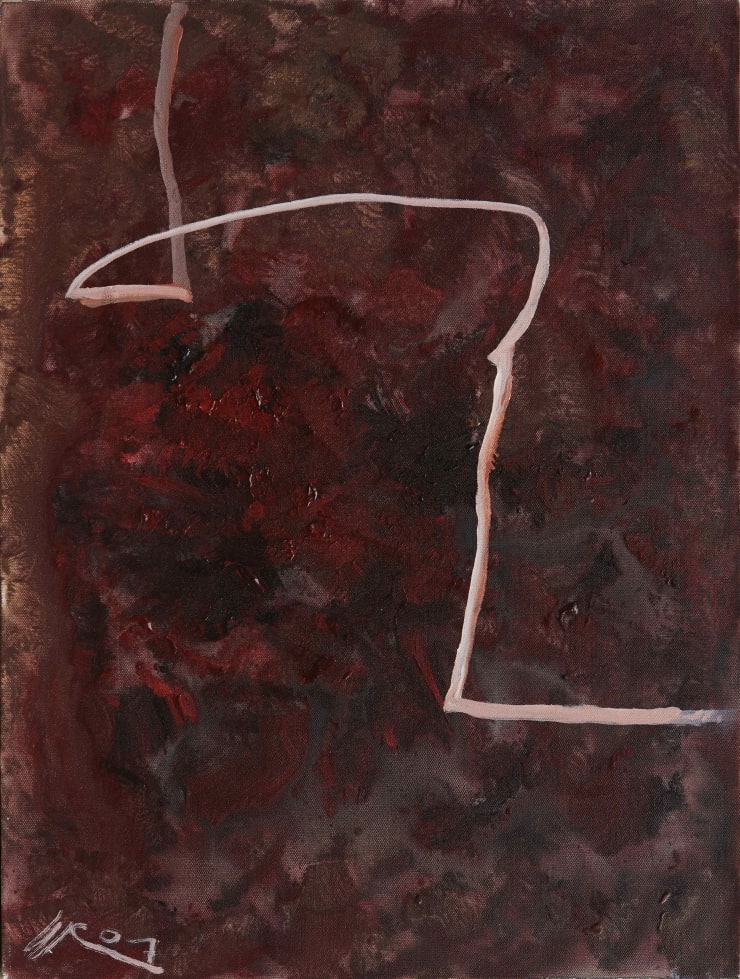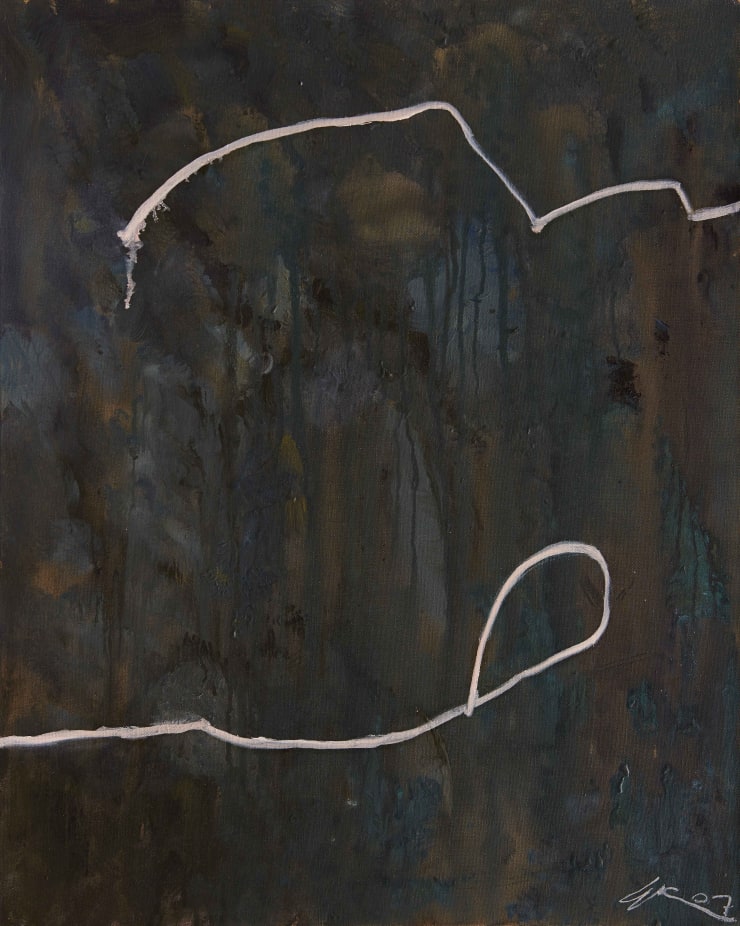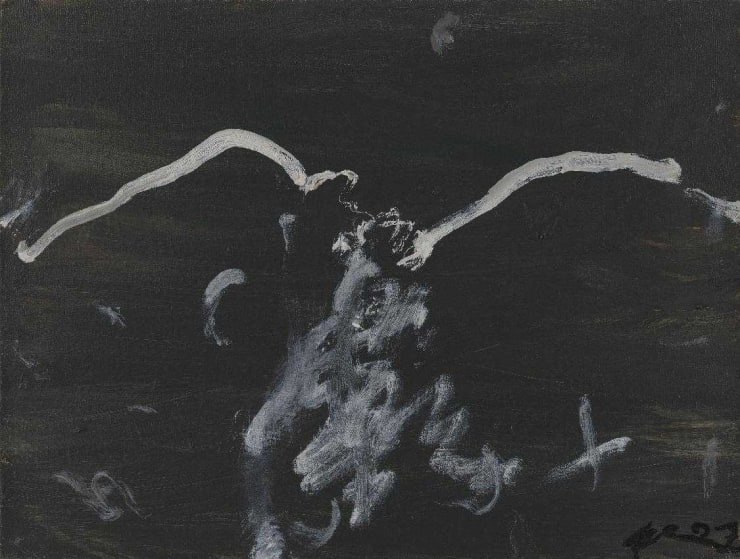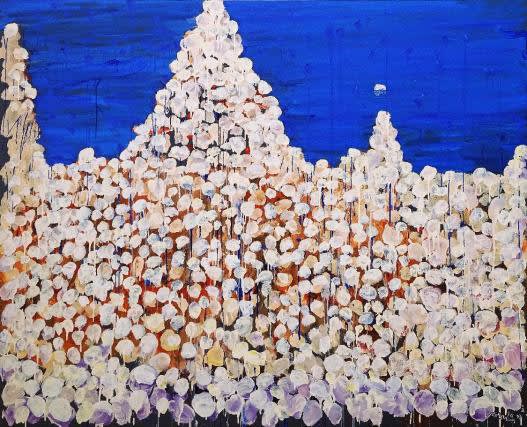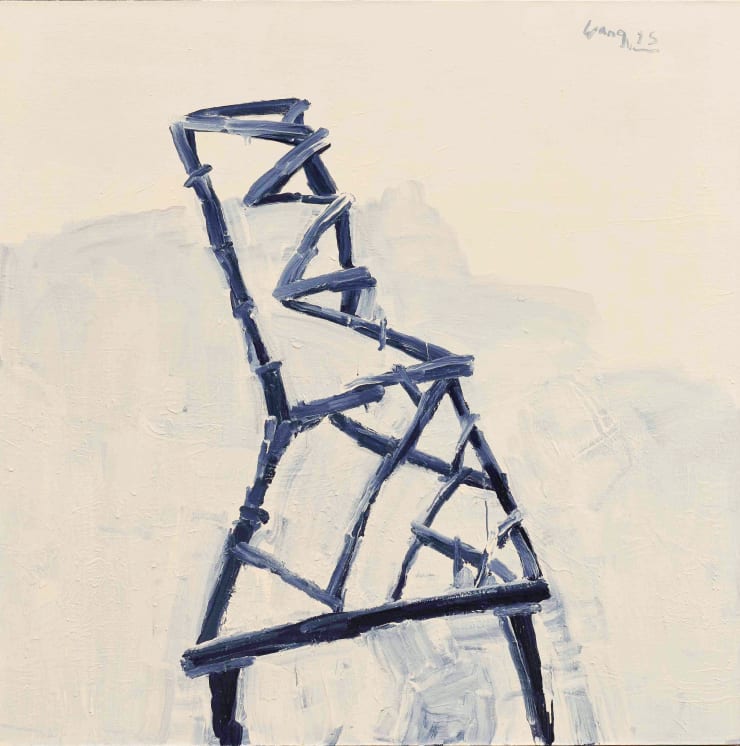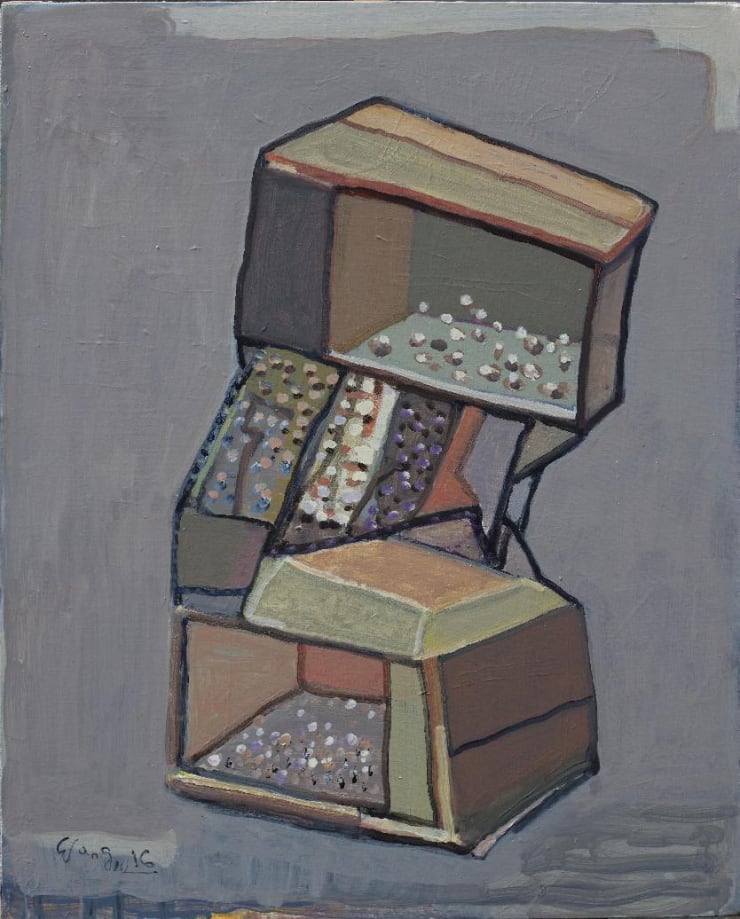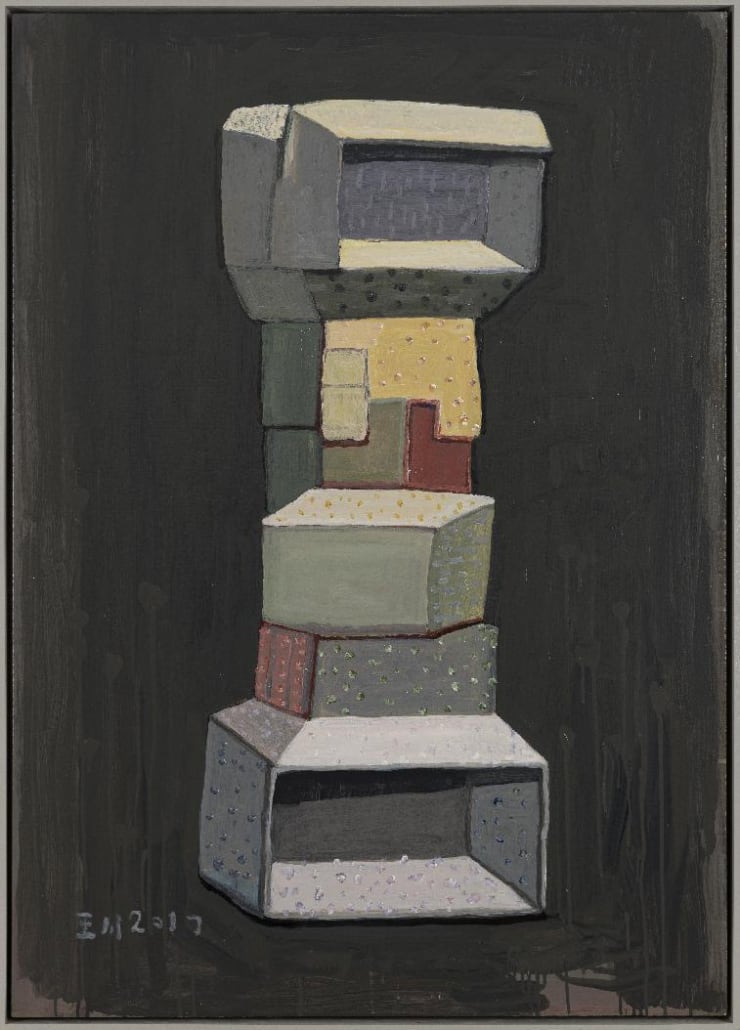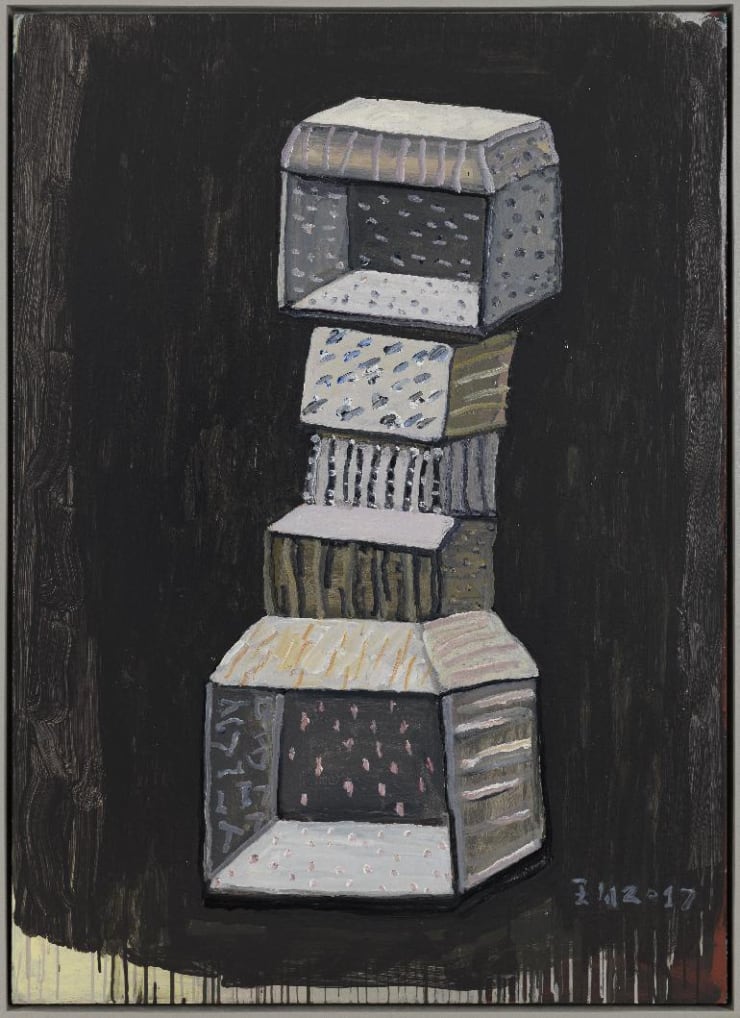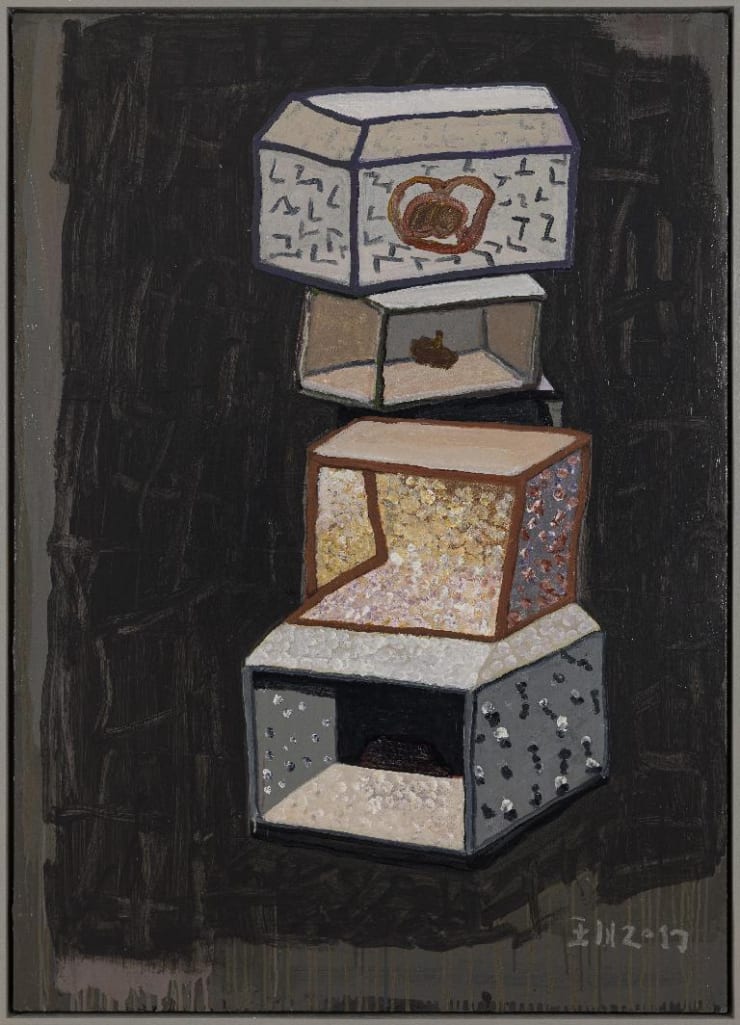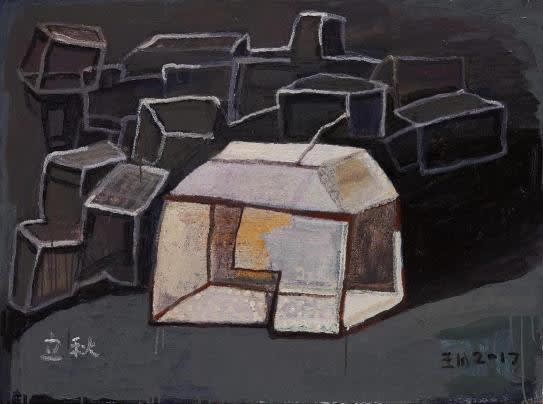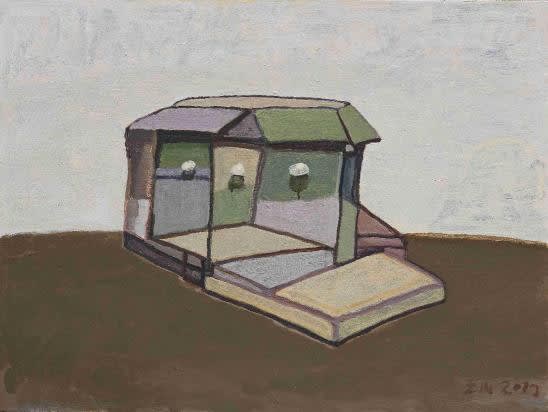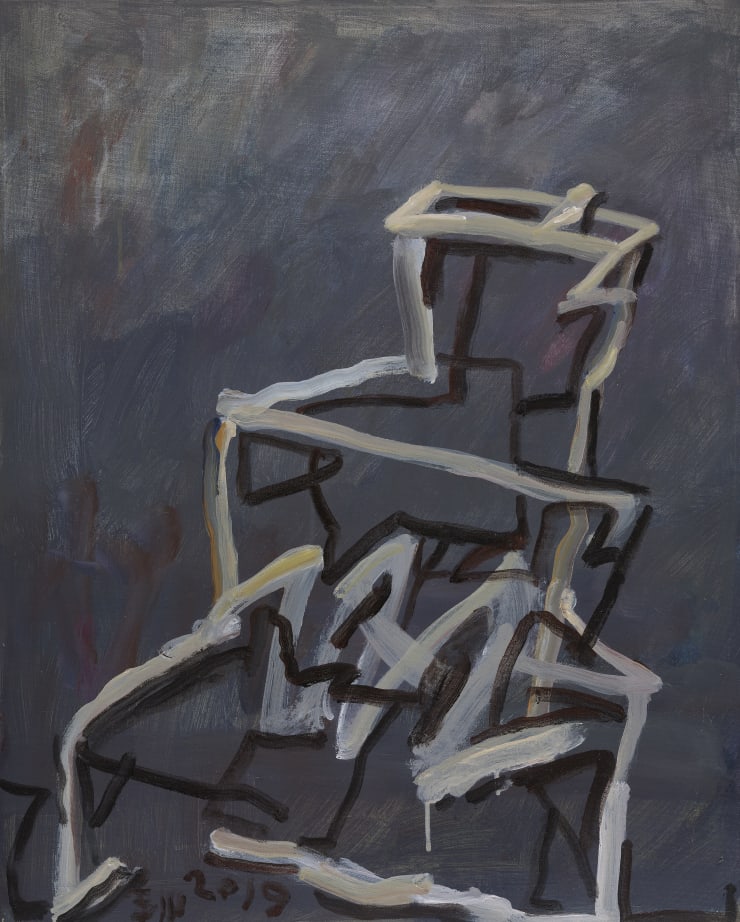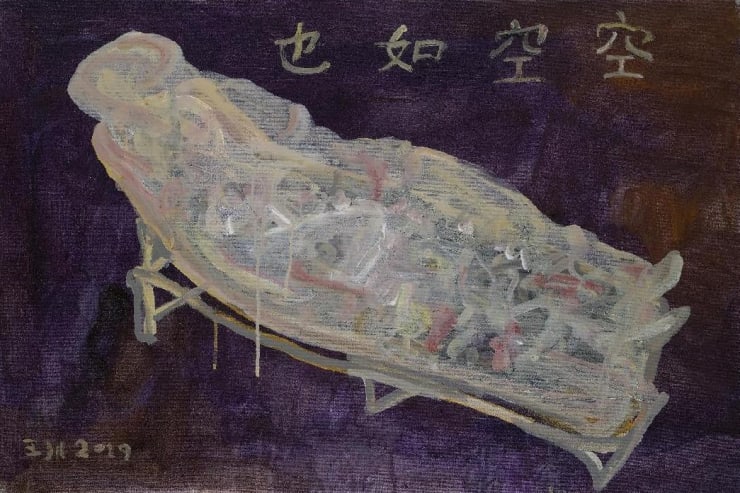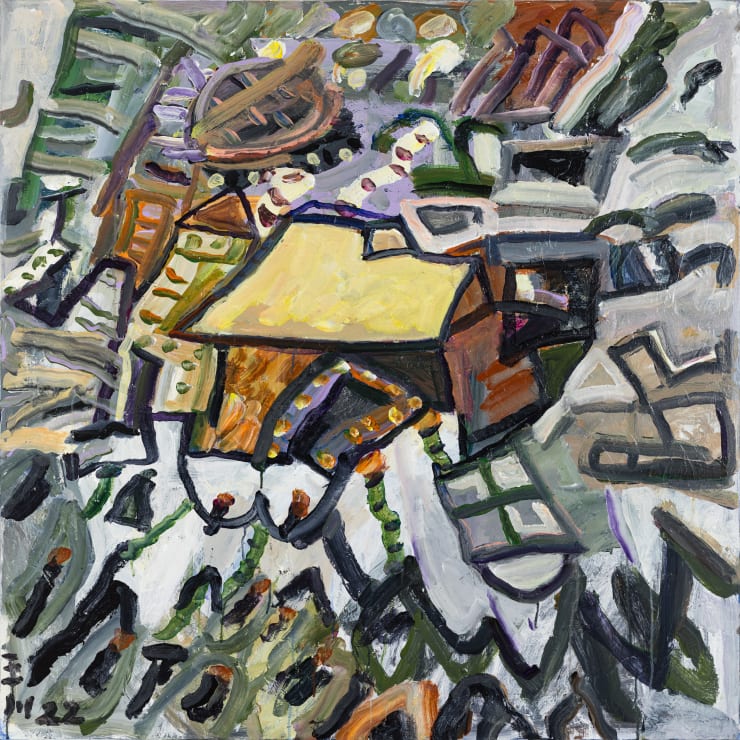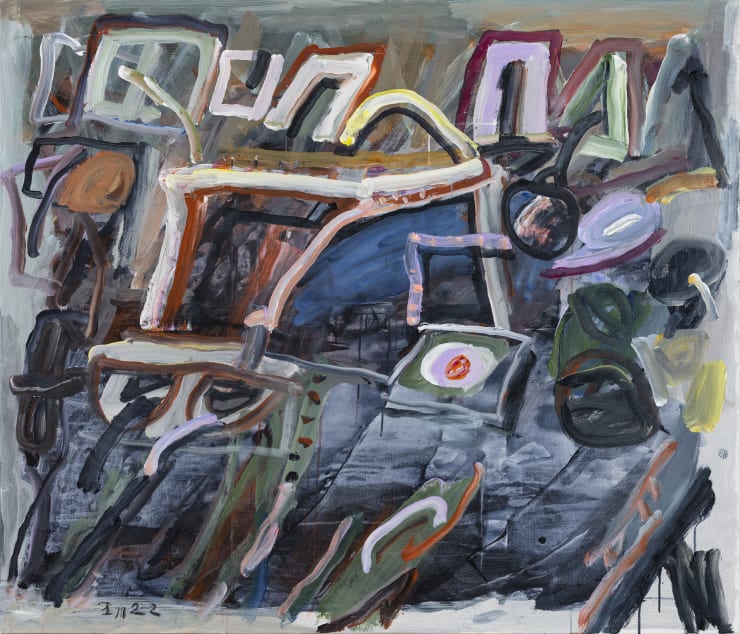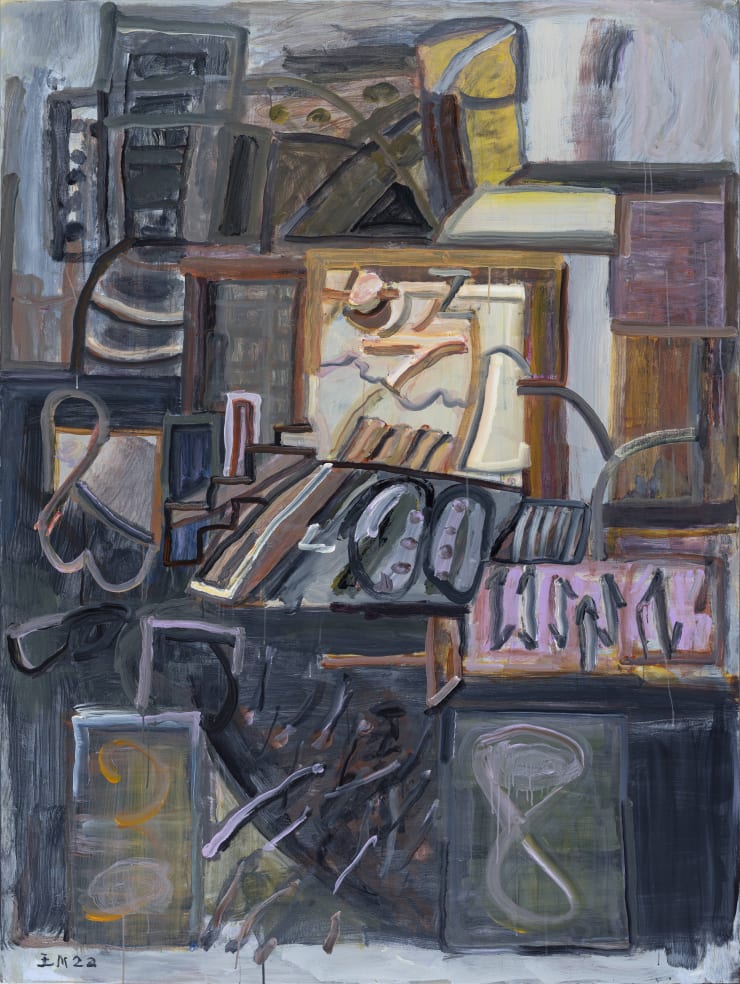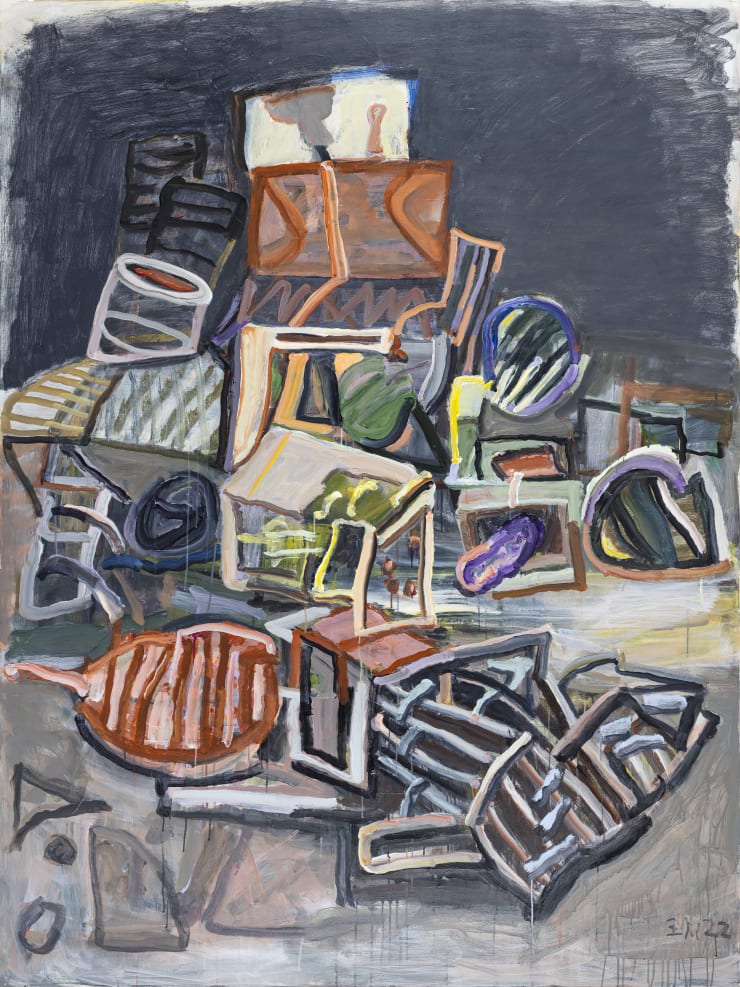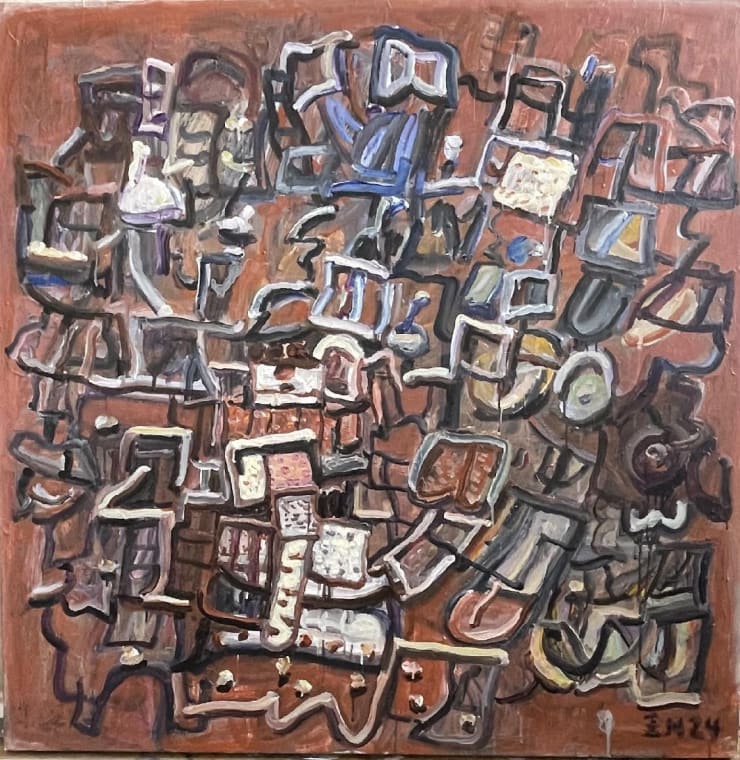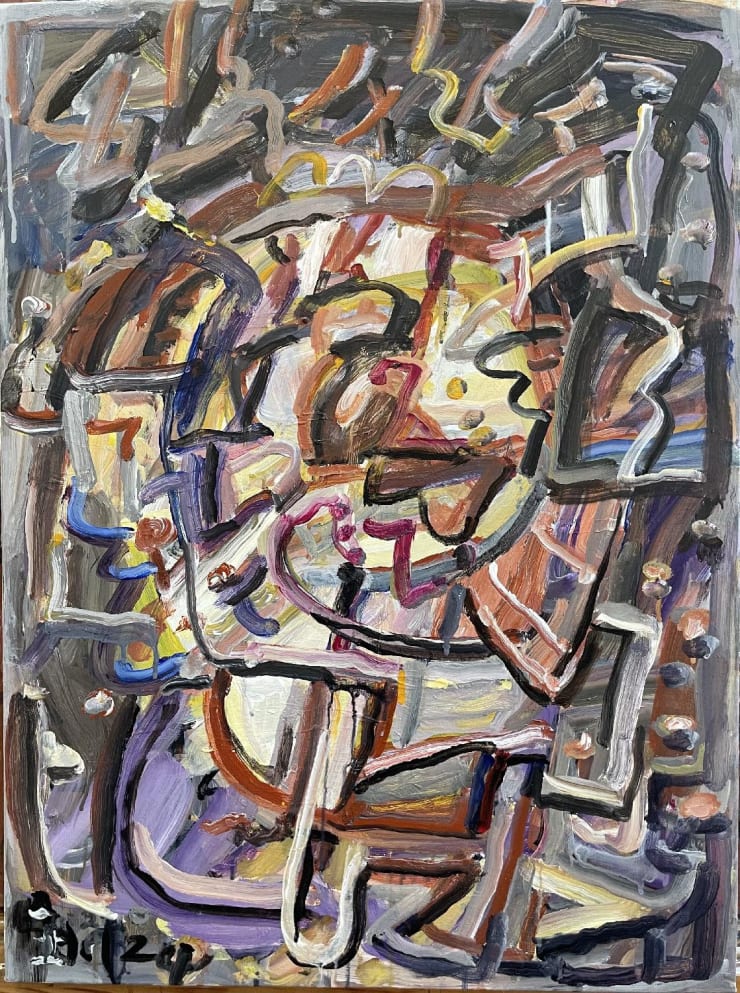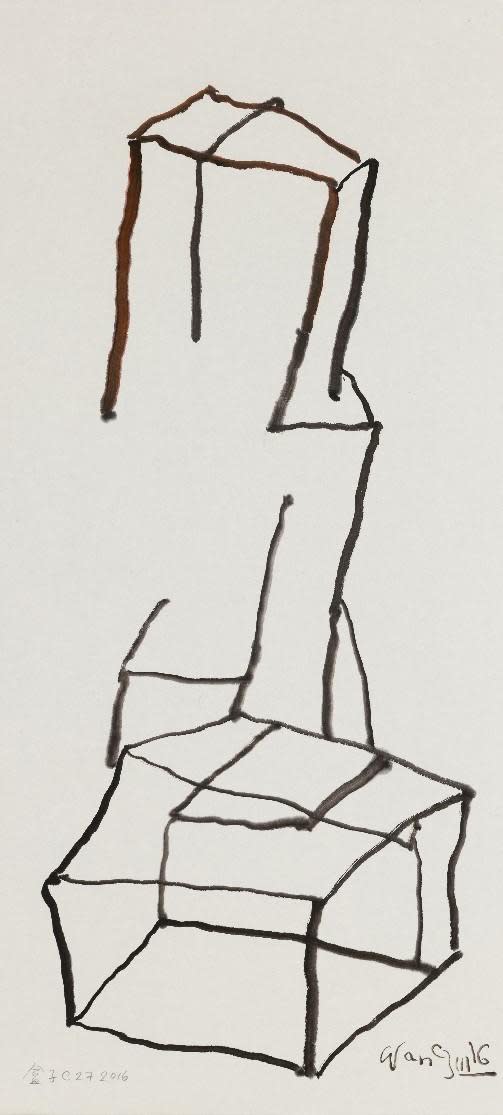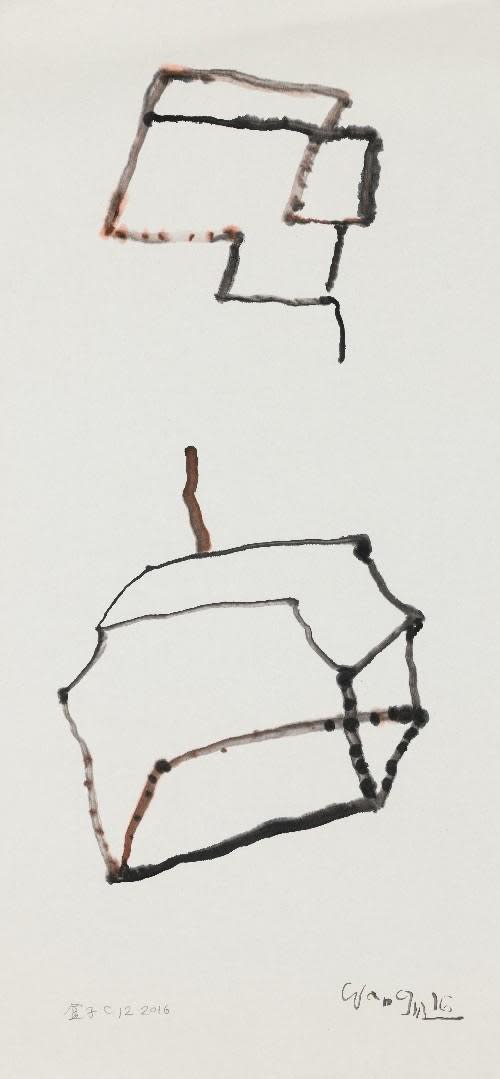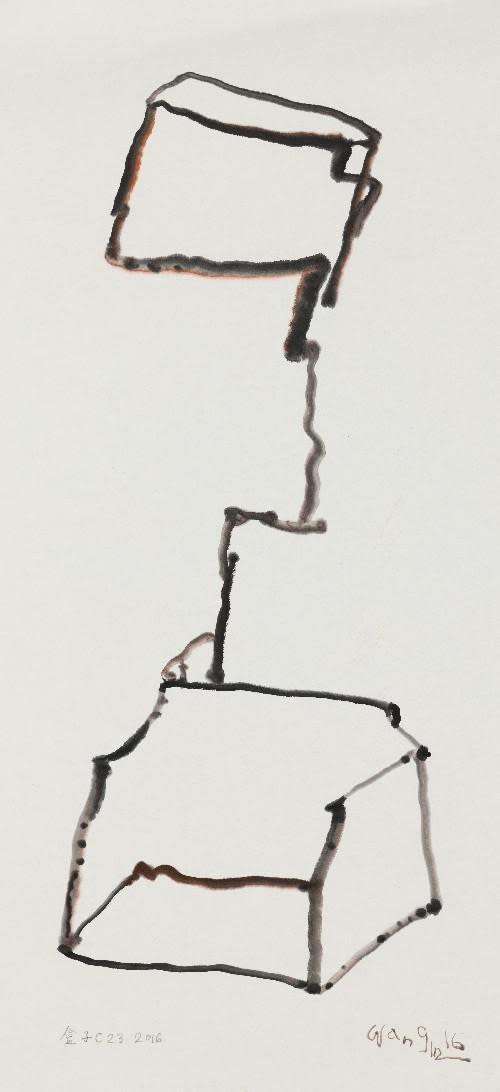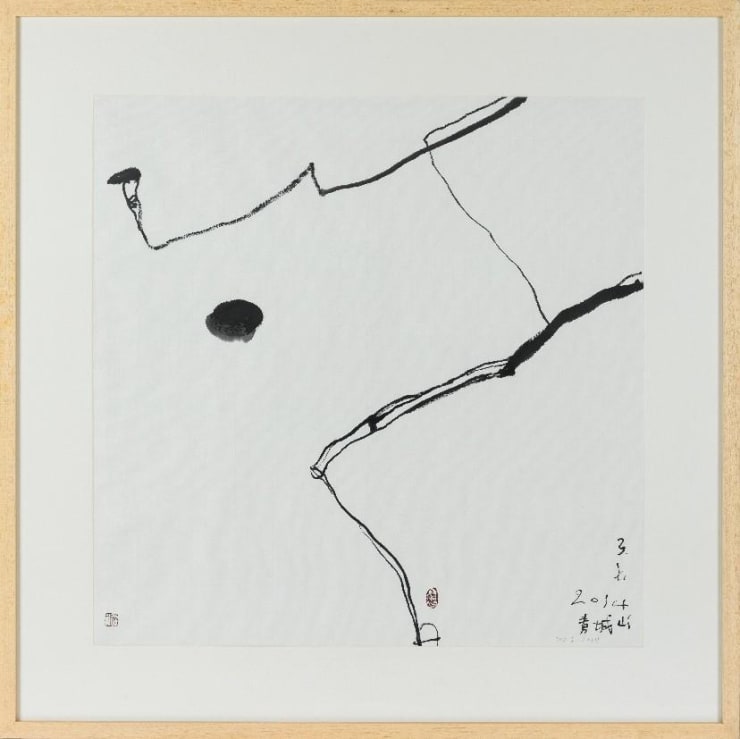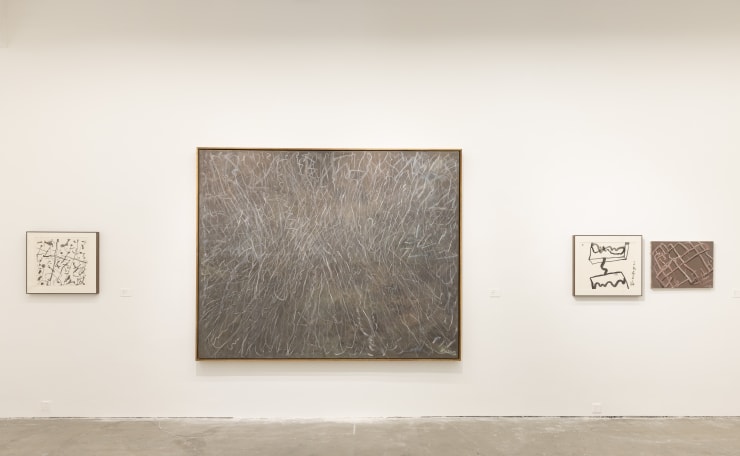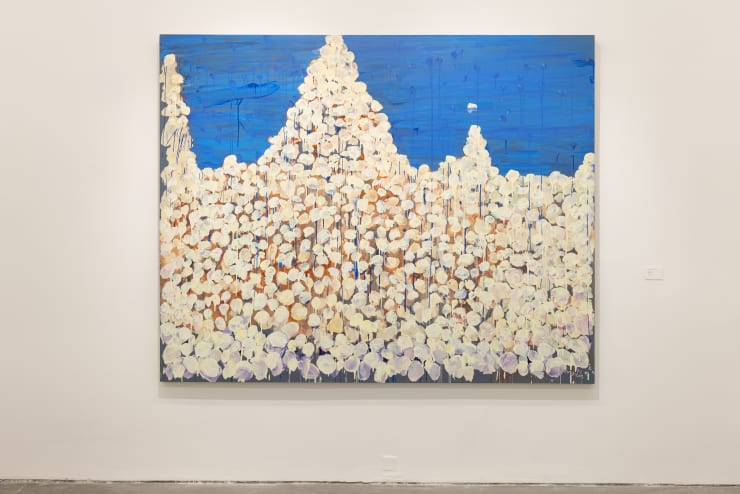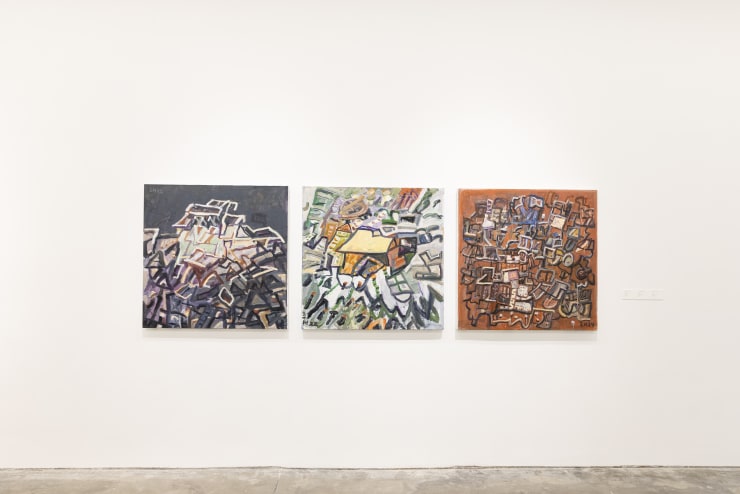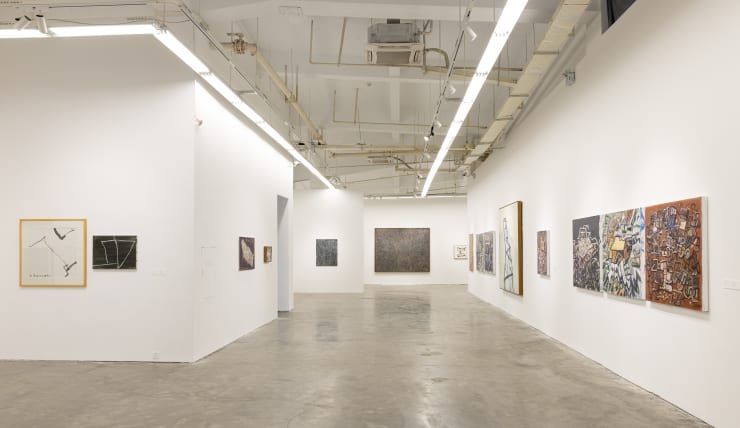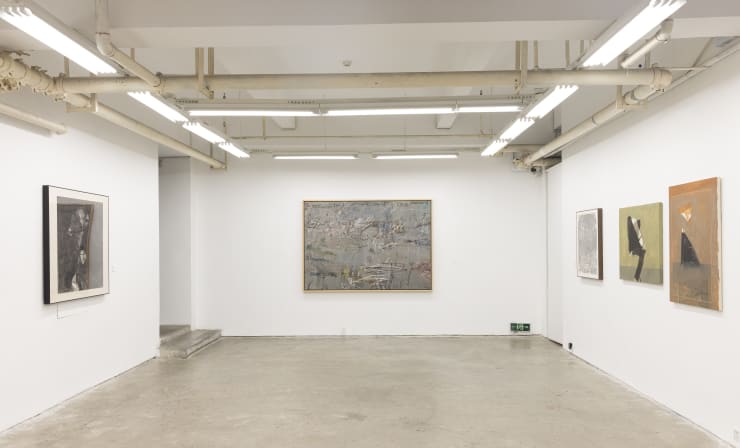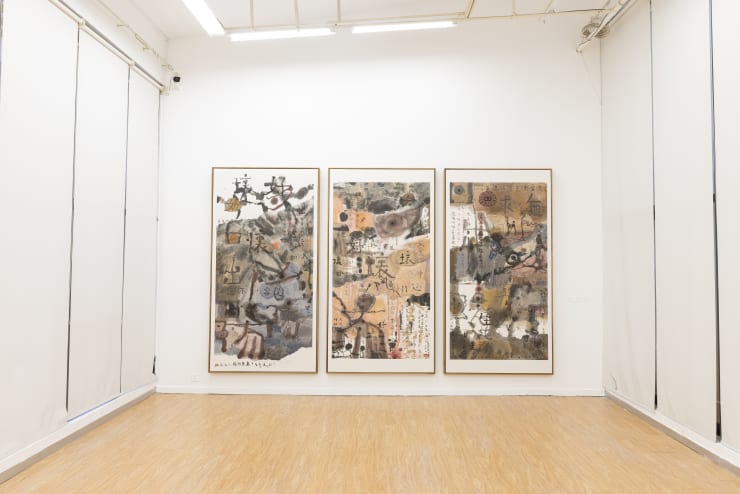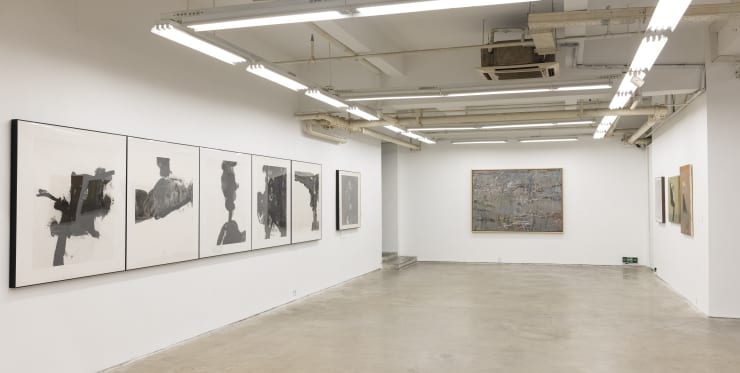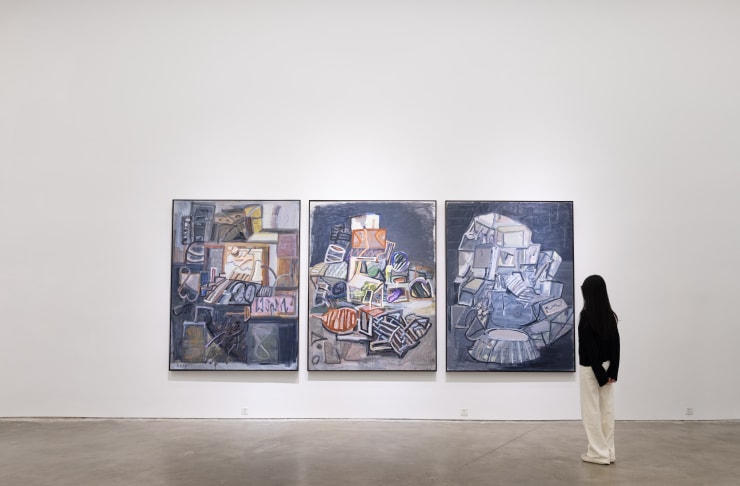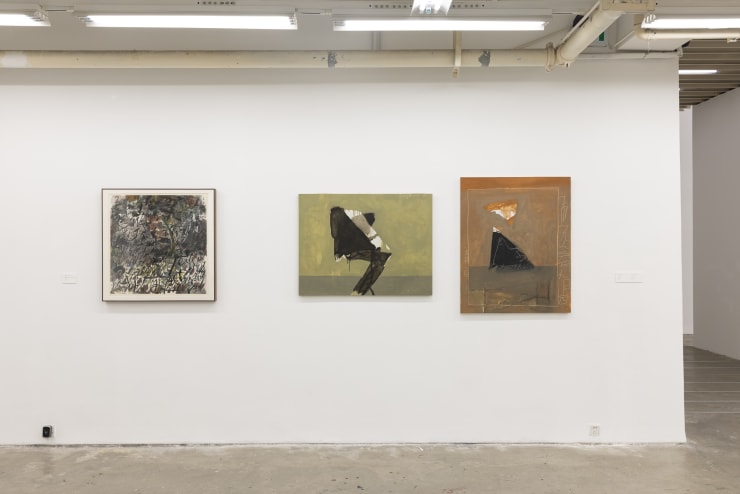The Path of Line: Wang Chuan Solo Exhibition
-

王川,No.36 1993,布面油画,74 × 96 cm,1993
Wang Chuan, No.36 1993, Oil on canvas, 74 × 96 cm, 1993
-

王川,No.37 1993,布面油画, 99 × 79 cm,1993
Wang Chuan, No.37 1993, Oil on canvas, 99 × 79 cm, 1993
-

王川,风景之廿二,布面丙烯 ,46 × 61 cm,2006
Wang Chuan, Landscape No. 22, Acrylic on canvas, 46 × 61 cm, 2006
-

王川,人行天桥,布面油画,140 × 200 cm,2006
Wang Chuan, Footbridge, Oil on canvas, 140 × 200 cm, 2006
-

王川,喜马拉雅,布面丙烯,46 × 61 cm,2006
Wang Chuan, Pokhard Nepal, Acrylic on canvas, 46 × 61 cm, 2006
-

王川,我的丛林二号,布面油彩,200 × 250 cm,2007
Wang Chuan, My Jungle No.2, Oil on canvas, 200 × 250 cm, 2007
-

王川,虚空之四,布面丙烯,100 × 80 cm,2007
Wang Chuan, The Void IV, Acrylic on canvas, 100 × 80 cm, 2007
-

王川,城市之十六,布面油画、丙烯,60 × 40 cm,2007
Wang Chuan, City No.16, Oil and acrylic on canvas, 60 × 40 cm, 2007
-

王川,城市之五,布面油画、丙烯,100 × 80 cm,2007
Wang Chuan, City No.5, Oil and acrylic on canvas, 100 × 80 cm, 2007
-

王川,飞翔,布面丙烯,46 × 61 cm,2007
Wang Chuan, Flight, Acrylic on canvas, 46 × 61 cm, 2007
-

王川,彼岸之二,布面丙烯,200 × 250 cm,2010
Wang Chuan, Paradise No.2, Acrylic on canvas, 200 × 250 cm, 2010
-

王川,色身2号,布面丙烯,200 × 200 × 5 cm,2015
Wang Chuan, Rupakaya No.2, Acrylic on canvas, 200 × 200 × 5 cm, 2015
-

王川,宋庄之四,布面丙烯,100 × 80 cm,2016
Wang Chuan, Songzhuang No. 4, Acrylic on canvas, 100 × 80 cm, 2016
-

王川,宋庄2017年第十九号,布面丙烯,140 × 100 cm,2017
Wang Chuan, Songzhuang 2017 No. 19, Acrylic on canvas, 140 × 100 cm,2017
-

王川,宋庄2017年第廿号,布面丙烯,140 × 100 cm,2017
Wang Chuan, Songzhuang 2017 No. 20, Acrylic on canvas, 140 × 100 cm, 2017
-

王川,宋庄2017年第廿一号,布面丙烯,140 × 100 cm,2017
Wang Chuan, Songzhuang 2017 No. 21, Acrylic on canvas, 140 × 100 cm, 2017
-

王川,宋庄2017年第14号 No. 14,布面丙烯,130 × 70 cm,2017
Wang Chuan, Songzhuang 2017 No.14, Acrylic on canvas, 130 × 70 cm, 2017
-

王川,宋莊2017第十四號,布面丙烯, 90 × 120 cm, 2017
Wang Chuan, SongZhuang 2017 No.14, Acrylic on canvas, 90 × 120 cm, 2017
-

王川,2017 Box,布面丙烯,90 × 120 cm,2017
Wang Chuan, 2017 Box, Acrylic on canvas, 90×120 cm, 2017
-

王川,宋莊2017第八號,布面丙烯,90 × 120 × 4 cm,2017
Wang Chuan, SongZhuang 2017 No.8, Acrylic on canvas, 90 × 120 × 4 cm, 2017
-

王川,Cherry Ave,布面丙烯,75 × 60 cm,2019
Wang Chuan, Cherry Ave, Acrylic on canvas, 75 × 60 cm, 2019
-

王川,躺平,布面丙烯,60 × 90 cm,2019
Wang Chuan, Lie Down, Acrylic on canvas, 60 × 90 cm, 2019
-

王川,2022年第7号,布面丙烯,100 × 100 cm,2022
Wang Chuan, 2022 No.7, Acrylic on canvas, 100 × 100 cm, 2022
-

王川,幻景,布面丙烯,100 × 100 cm,2022
Wang Chuan, Mirage, Acrylic on canvas, 100 × 100 cm, 2022
-

王川,深圳5号 No. 5, 布面丙烯,120 × 140 cm,2022
Wang Chuan, Shenzhen No.5, Acrylic on canvas, 120 × 140 cm, 2022
-

王川,深圳6号 No. 6,布面丙烯,120 ×140 cm,2022
Wang Chuan, Shenzhen No.6, Acrylic on canvas, 120 ×140 cm, 2022
-

王川,深圳,深圳!No.1,布面丙烯,200 × 150 cm,2022
Wang Chuan, Shenzhen, Shenzhen! No.1, Acrylic on canvas, 200 × 150 cm, 2022
-

王川,深圳,深圳!No.2,布面丙烯,200 × 150 cm,2022
Wang Chuan, Shenzhen, Shenzhen! No.2, Acrylic on canvas, 200 × 150 cm, 2022
-

王川,深圳,深圳!No.3,布面丙烯,200 × 150 cm,2022
Wang Chuan, Shenzhen, Shenzhen! No.3, Acrylic on canvas, 200 × 150 cm, 2022
-

王川,内卷,布面丙烯,100 × 100 cm,2024
Wang Chuan, Crowded, Acrylic on canvas, 100 × 100 cm, 2024
-

王川,2024脸谱,布面丙烯,80 × 60 cm,2024
Wang Chuan, 2024 Face Painting, Acrylic on canvas, 80 × 60 cm, 2024
-

王川,盒子C 27 2016,纸本水墨,97× 45 cm,2016
Wang Chuan, Boxes C 27 2016, Ink on paper, 97× 45 cm, 2016
-

王川,盒子 C 12 2016,纸本水墨,97 × 45 cm,2016
Wang Chuan, Boxes C 12 2016, Ink on paper, 97 × 45 cm, 2016
-

王川,盒子 C 23 2016,纸本水墨,97 × 45 cm,2016
Wang Chuan, Boxes C 23 2016, Ink on paper, 97 × 45 cm, 2016
-

王川,未命名 No.1,纸本水墨,68.5 × 70 cm,2005
Wang Chuan, Untitled No.1, Ink on paper, 68.5 × 70 cm, 2005
-

王川,未命名 No.2,纸本水墨,68.5 × 70 cm,2005
Wang Chuan, Untitled No.2, Ink on paper, 68.5 × 70 cm, 2005
-

王川,2007秋,纸本水墨,Ink on paper,67.5 × 67.5 cm,2007
Wang Chuan, 2007Autumn No.1, Ink on paper, 67.5 × 67.5 cm, 2007
-

王川,秋No.2,纸本水墨,68 × 67.5 cm,2007
Wang Chuan, Autumn No.2, Ink on paper, 68 × 67.5 cm, 2007
-

王川,2014 青城山,纸本水墨,67.5 ×67.5 cm,2014
Wang Chuan, 2014 Mount Qingcheng, Ink on paper, 67.5 ×67.5 cm, 2014
